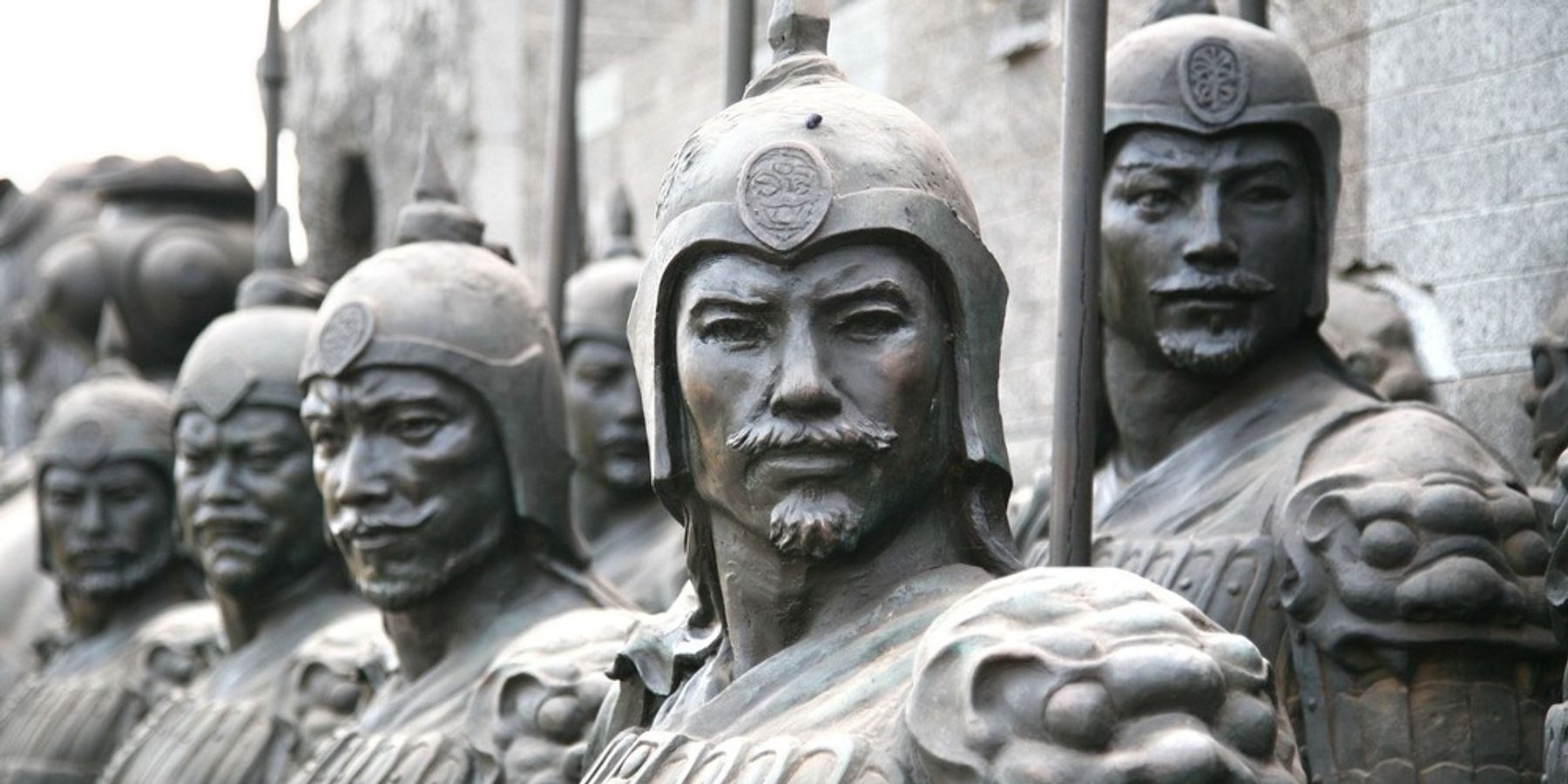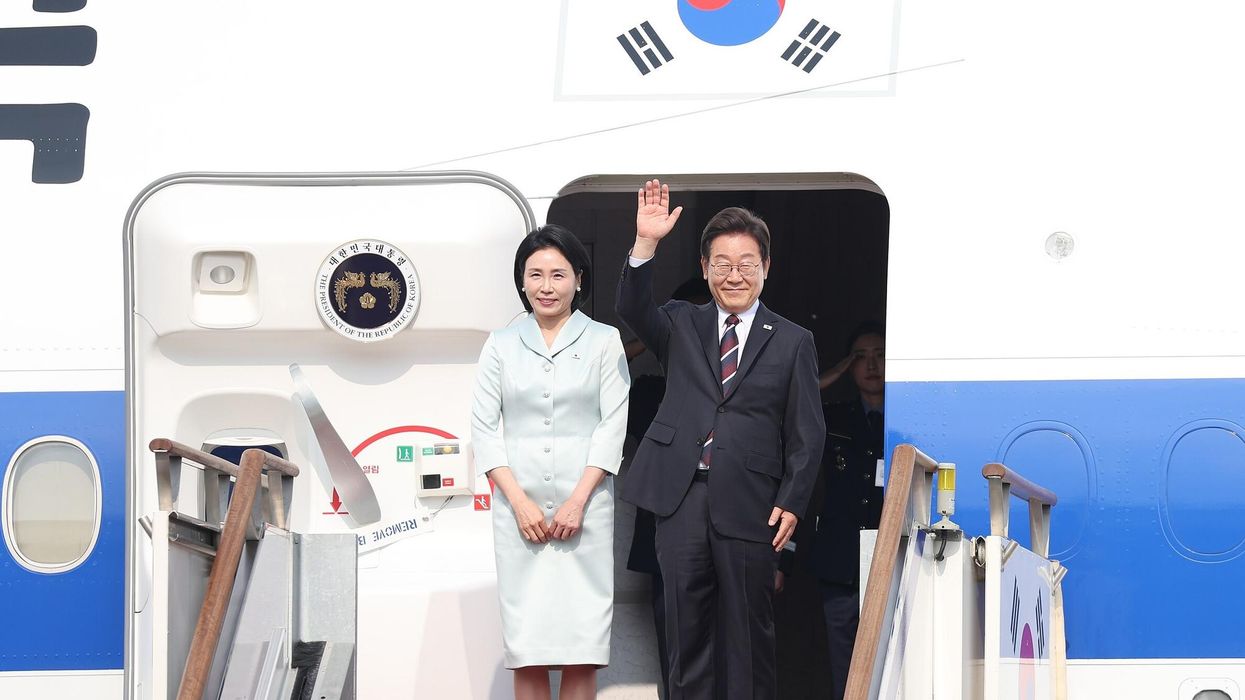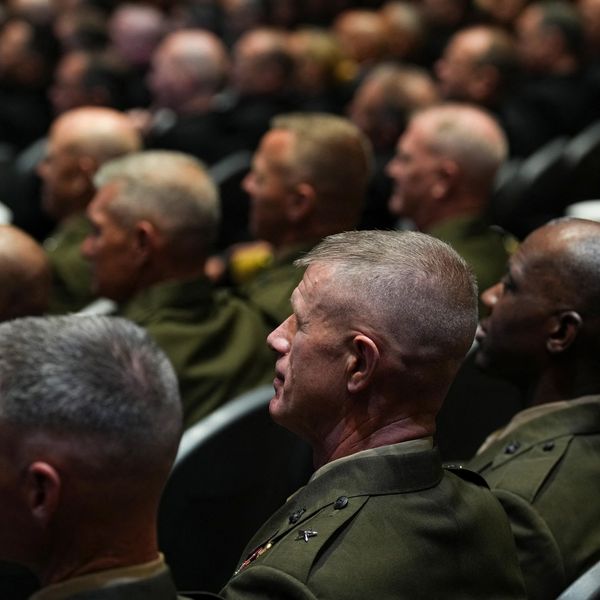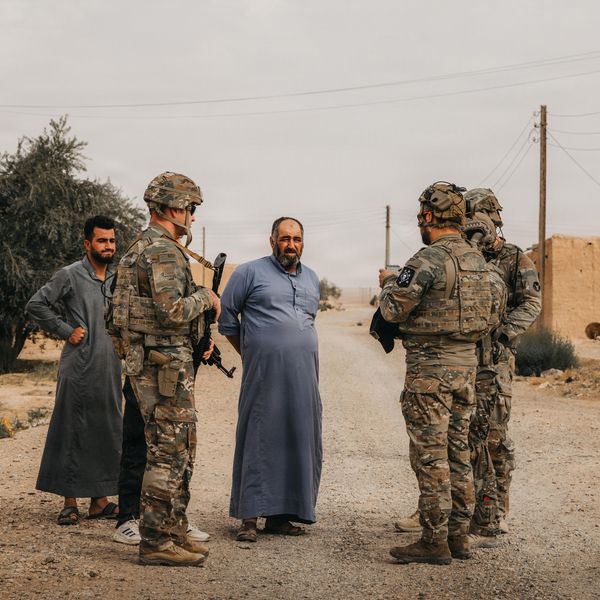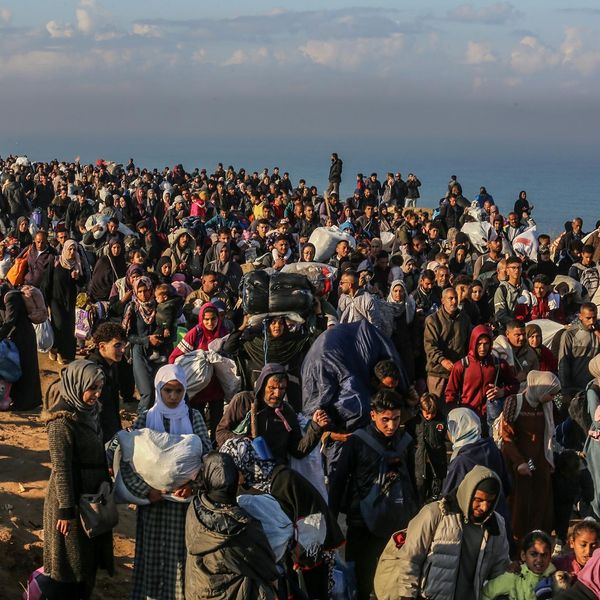In recent years, discussions about China’s grand strategy have dominated international security journals, think tanks, and policy discussions across the globe. As China continues its meteoric rise, scholars and policymakers have been asking: Is China pursuing a strategy of global primacy, or is it more focused on balancing the international system?
These questions reflect not only concerns about China’s growing power but also its future trajectory. Will China remain an ambitious yet cautious player in world affairs, or will it pursue outright dominance, fundamentally reshaping global governance?
China’s grand strategy is undoubtedly shaped by history, geography, systemic pressures, and its relative power, often quantified as “comprehensive national power” or CNP. To understand whether China is moving toward a strategy of primacy or balancing, we must explore these factors through a classical realist lens that accounts for both systemic constraints and domestic considerations.
The evolving nature of China's strategy can be framed in several key phases: survival (Mao and Deng), rejuvenation (Deng and Jiang), maximization (Hu and Xi), and balance (potentially in the future).
Historical Foundations of China’s Strategy
China’s grand strategy has always been closely tied to its historical circumstances and strategic culture.
Under Mao Zedong, China's strategy was one of survival. Mao's focus was on consolidating internal power, fending off external threats, and establishing China as a sovereign state unimpeded by external forces. Deng Xiaoping, who led China after Mao, moved toward a strategy of rejuvenation, prioritizing economic modernization while maintaining a low profile in global affairs. Deng’s famous dictum to “hide your strength, bide your time” encapsulated this approach.
The strategic environment of the Cold War and China’s relatively weak international position necessitated caution.
However, the end of the Cold War and China’s economic boom shifted the equation. Under Jiang Zemin, and later Hu Jintao, China’s strategy became more assertive, moving from rejuvenation toward maximization. China’s entry into the World Trade Organization (WTO), the modernization of its military, and its increasingly proactive diplomacy signaled this shift. Hu's “Peaceful Rise” narrative tried to balance China’s growing power with reassurances to the international community.
Nevertheless, China’s material capabilities had grown significantly, and its foreign policy became more confident and wide-ranging.
Xi Jinping and the China Dream: A Strategy of Maximization?
Xi Jinping’s era has ushered in an even more ambitious phase of China’s grand strategy. Xi’s articulation of the “China Dream” embodies a vision of national rejuvenation that encompasses not just economic strength but also global leadership. Xi’s Belt and Road Initiative (BRI), growing military assertiveness in the South China Sea, and his efforts to reform global institutions to better reflect China’s interests signal a strategy of maximization.
This strategy does not suggest outright global hegemony, but it points toward an effort to maximize China’s influence within a multipolar international system. Xi’s China is no longer content with simply rising peacefully; it seeks to actively shape the global order in its favor.
Avery Goldstein, in his 2020 analysis “China's Grand Strategy under Xi Jinping: Reassurance, Reform, and Resistance,” highlights three core elements of Xi’s strategy. China reassures neighbors of its peaceful intentions, seeks to reform global governance structures (e.g., the United Nations, IMF, and World Bank), and resists efforts by other powers — especially the United States — to constrain its rise. This multifaceted approach reflects a delicate balancing act between maximizing China's power and avoiding direct confrontation with established powers, particularly the U.S.
Balancing: A New Strategy?
While Xi’s strategy seems focused on maximization, there is growing speculation that China may eventually shift toward a more explicit strategy of balancing. In international relations theory, balancing refers to efforts by a state to prevent any one power from becoming dominant, either by building up its own power (internal balancing) or by aligning with other states (external balancing).
China’s current strategy, though ambitious, does not appear to seek global hegemony in the way that the United States did after World War II. Instead, China’s actions may suggest a form of balancing. For instance, China has been careful to forge closer ties with Russia, establish regional economic institutions such as the Asian Infrastructure Investment Bank (AIIB), and create a vast network of partnerships through the BRI.
These actions can be seen as a form of offshore balancing, where China strengthens its regional influence while preventing the U.S. from becoming too dominant in the Asia-Pacific.
As China faces headwinds — an aging population, slowing economic growth, environmental challenges, and potential internal political unrest — it may find that a strategy of balancing is more sustainable than one of outright maximization. Indeed, there is evidence that China’s grand strategy has always adapted to the state of its economy and external environment.
As China’s rise peaks and the limitations of its domestic growth model become clearer, its strategy will likely shift once again, this time toward balancing the competing pressures of maintaining economic growth, preserving political stability, and navigating an increasingly hostile international environment.
Is China’s Grand Strategy in Flux?
At present, China’s grand strategy appears to be in a period of strategic flux. On one hand, Xi’s China has become more assertive, seeking to maximize its influence in various spheres. On the other hand, China is acutely aware of the systemic pressures it faces, especially the strategic competition with the United States. This competition could push China toward a more defensive or balancing strategy in the future.
Elbridge Colby’s notion of the “best strategy” may offer insights into China’s next steps. Colby, a prominent advocate of realist balancing within U.S. strategy circles, argues that states must often choose strategies that best align with their material capabilities and the geopolitical environment. Applying this framework to China, one could argue that Beijing’s best strategy in the coming decades might be one of offshore balancing with Chinese characteristics — a strategy that seeks to maintain a stable regional environment while avoiding overextension and direct confrontation with the U.S.
As China faces both internal and external challenges, it may indeed settle into a strategy of balancing, recognizing that it has peaked and must now manage its power carefully. Some scholars, such as Joshua Shifrinson, have suggested that China’s grand strategy has always been more about balancing than achieving outright primacy, especially given the constraints posed by U.S. dominance and China’s economic vulnerabilities.
A Future of Balance
The debate over China’s grand strategy remains open, with competing visions of its future direction. While Xi’s strategy appears focused on maximization, systemic pressures, economic realities, and domestic challenges may force a shift toward balancing in the near future. Whether this is a de facto strategy or a deliberate shift will depend on how China navigates its ongoing rise and the international community’s response to it.
As China continues to rise, debates akin to those that took place in the U.S. in the 1940s may emerge within China’s strategic circles. Just as the U.S. grappled with the question of whether to pursue primacy or balance after World War II, China’s leaders may soon face a similar dilemma. For now, the signs point toward an evolving grand strategy — one that may well transition into a new phase of balancing as China reaches the limits of its rise.

